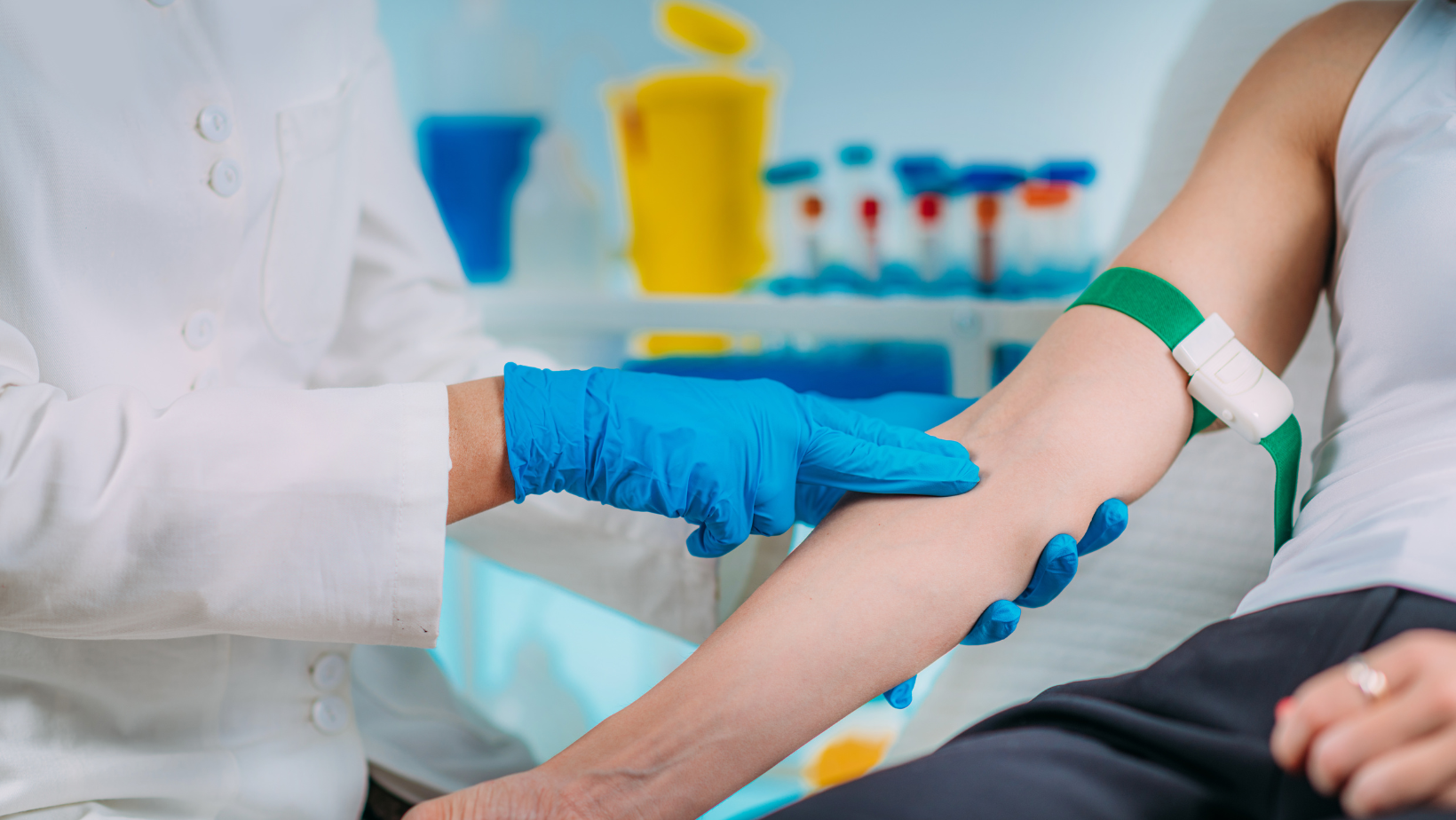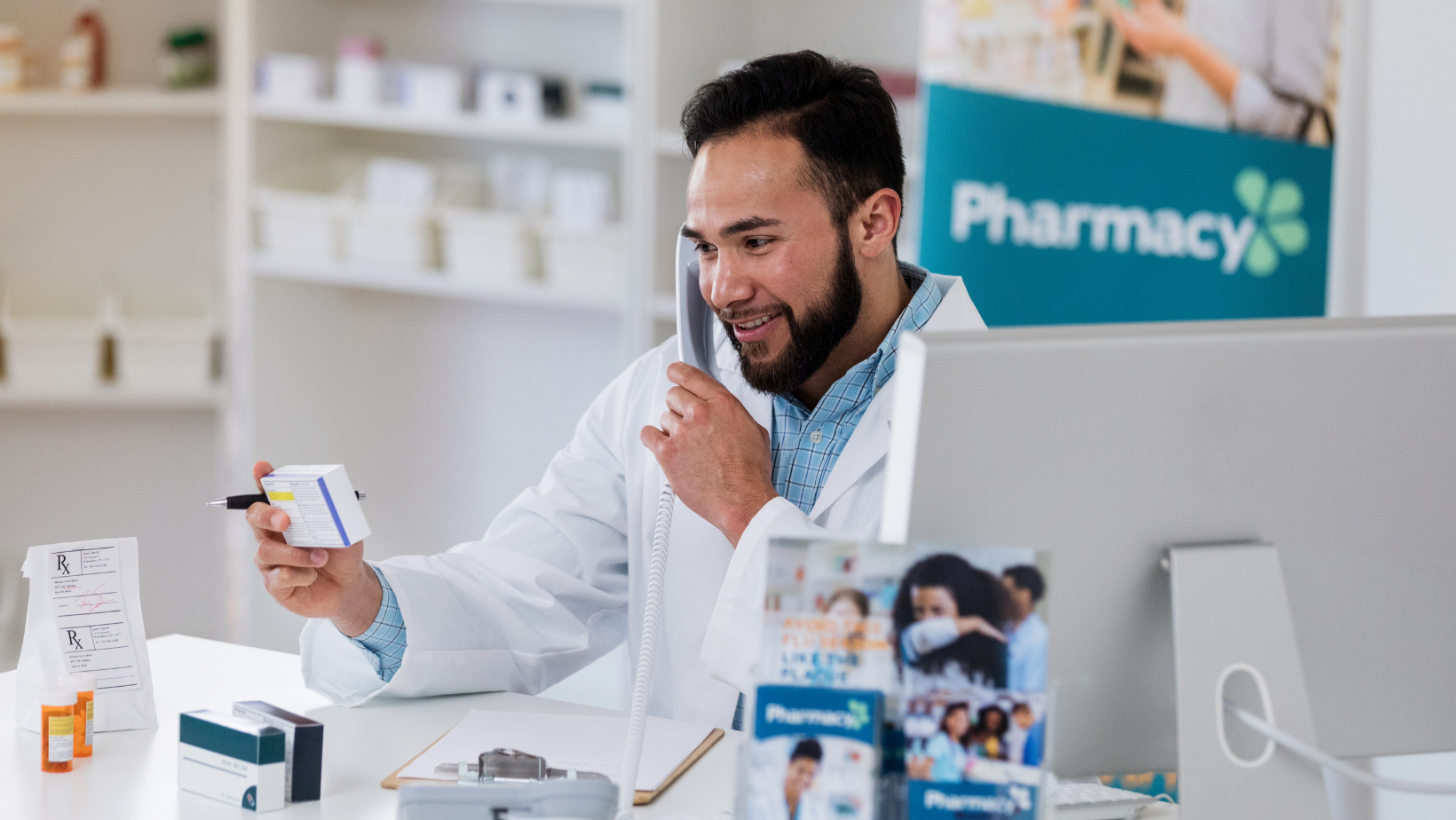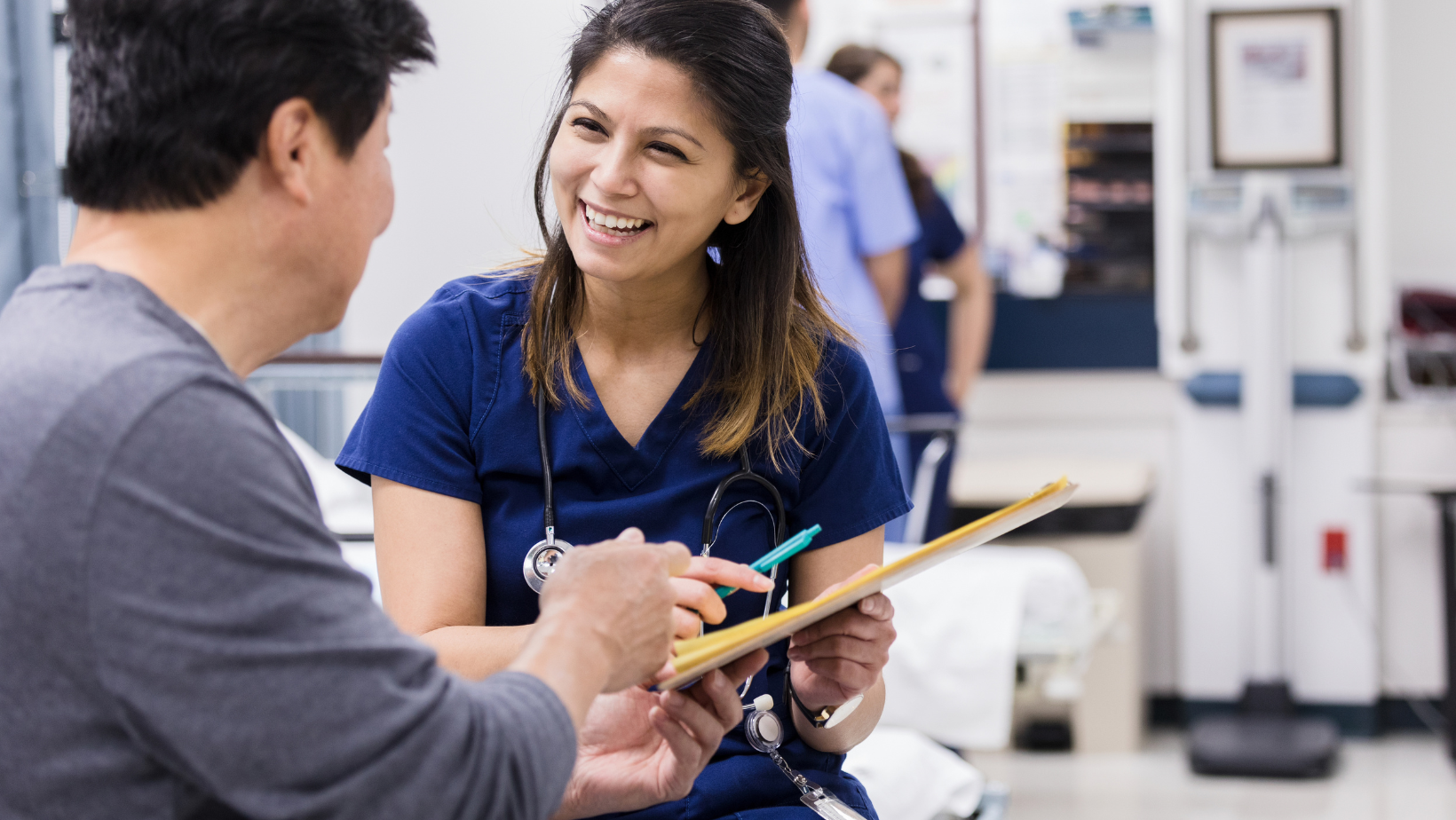Certified Medical Administrative Assistant (one Course) Program

This course will be taught 100% remote via distance learning using a variety of modalities such as Zoom, Edmodo, McGraw Hill Connect, chat tools, email, etc.
The objective of the CMAA program is to prepare students to function in an administrative /clerical capacity in the healthcare industry. This program covers background information on the profession and the industry. It also covers legal and ethical issues, medical terminology, basic health insurance, practice management and an introduction to medical coding. The focus of this course is the day-to-day operation of the medical office: telephone techniques, scheduling appointments, use of technology in the medical office, medical records management, and management of practice finances. This program is intended to provide students with a well-rounded introduction to medical administration so that a student can gain the necessary skills required to obtain a medical administrative assistant position in healthcare. Upon successful completion of this program, the student will be prepared to sit for the (NHA) Certified Medical Administration Assistant (CMAA) examination.
Students will be introduced to the medical office operations. As part of the experiential learning, students will be afforded the opportunity to apply practice scenarios and case studies to their overall skills portfolio.
Students will be assessed on the core competencies and medical office skills through online quizzes, group and individual projects, demonstrations, and presentations. There is a strong emphasis on teamwork and participation.
Required Textbooks:
Medical Assisting-Administrative and Clinical Procedures with Anatomy and Physiology 7th ED.
Authors: Kathryn A. Booth, Leesa G. Whicker, Terri D. Wyman
ISBN# 978-1-259-60854-4 with Connect Access Code required
Medical Secretaries & Administrative Assistants
Median Salary
The median salary in the New York metropolitan area is $46,520, in New York State $45,240, and $38,500 in the United States*.
Get StartedAlso called Medical Receptionist, Medical Secretary, Unit Clerk and Unit Support Representative
*Based on U.S. Bureau of Labor Statistics Occupational Employment and Wage Statistics (USBLS OEWS)
📈 Grow Rapidly
This career will grow rapidly in the next few years.
🚪 Openings
New job opportunities are very likely in the future.
Similar Courses

Phlebotomy Technician




